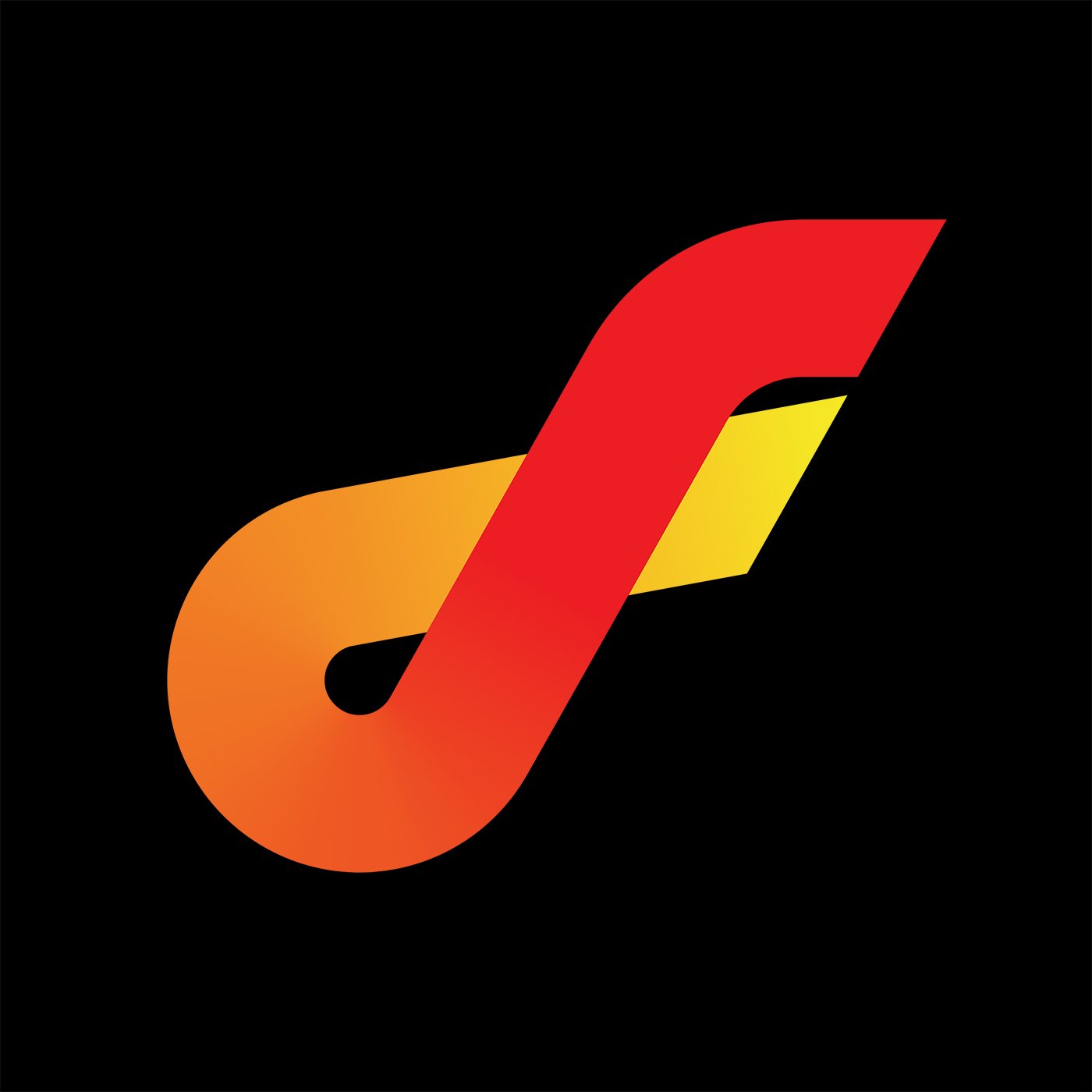The Water Boy’s Water Boy
No one finishes the Dakar Rally without support in some way, shape, or form, and you get it wherever you can find it. My first experience in the event was back in 2001, when it took place in Europe and Africa. I was a privateer, but I was supported by Italian Honda importer Dall’Ara Moto (who prepared my Honda XR650R) and Acerbis owner Franco Acerbis (who sponsored me).
By the time I returned to the event, for the 2012 edition, it was taking place in South America, and I was the navigator for Robby Gordon. Although this time it was my role to provide support, I learned a lot riding in the seat with a great American off-road driver (though there were certainly a few scary moments!).
The following year, I was back on a bike, as HRC had decided to embark on their Dakar project and had hired me to help develop the machine. I was over 40 years old and hadn’t intended to race at that point in my career, but I stepped in after a series of injuries with some of our riders. Although I was entered as a competitor, my primary job was to be a “water boy,” providing support for my teammates Helder Rodrigues and Javier Pizzolito in whatever way I could. If they broke down, I was supposed to sacrifice my results and scavenge needed parts from my own equipment to make sure they could carry on. I was fine with that, but of course there was no water boy for me—at least not officially.
HRC was treating that edition as a big learning opportunity, to gather data on the bike—a CRF450X-based chassis and engine with factory fuel injection and a complex fuel system with five different fuel tanks. We wanted to see how we stacked up against the other equipment and establish a baseline to develop what would eventually become the current factory CRF450 Rally.
The early stages were held in Peru, and a few days into the race, my bike started having a bad engine hesitation shortly after the start in Pisco, like it was starving for fuel. I tried continuing for a while, but the bike was borderline unrideable, and I knew I had over 300 kilometers to go and that we were headed into some big sand dunes. Rather than risk getting stranded too far in, I stopped after about 20 kilometers to check things out. Based on a superficial inspection, everything appeared to be fine—the plugs were okay and the tanks had fuel. I figured it must be something more significant, but while I had plenty of tools (I was a water boy, after all), I didn't have any spare parts to speak of.
After racking my brain for a few minutes, I came up with an idea. I knew that the cars hadn’t started the stage yet, so I pulled out my satellite phone and called our support people, who were preparing to depart the bivouac for the stage’s finish in Nazca. “Hey,” I said, “go find Robby Gordon and give him a fuel pump and an ECU—anything you can think of that might be causing the problem.”
The team rounded up the parts and brought them to Robby and explained the situation. “No problem!” he said. “Anything for Johnny.” He and his navigator, Kellon Walsh, put the stuff in their car and left when their time came up.
I had to wait quite a while, but in the meantime I was able to get all the necessary components stripped off of my bike so I was ready to immediately begin installing the replacement parts when I received them. Eventually, Robby arrived, and he was easy to spot in his bright-orange Hummer. When he saw me waving him down, he spun a big U-turn, threw the care package out the window and took off, and I dug the stuff out of the sand and went to work putting my bike back together.
By the time I completed the work (still unsure if the problem had been resolved), all the cars had already passed and even some of the first trucks were coming through. I lost so much time, but I wasn't really racing for position anyway. I got going, and although the bike started hiccupping again toward the end of the stage, I made it to the day’s finish and eventually completed the race. Come to think of it, the guys never did tell me what the problem had been.
That was my last Dakar on a bike, although I did return two years later, again as a navigator for Robby, who this time was entered in the “Gordini,” a two-wheel-drive FIA truck that he built. Based on the machine Robby raced in the Stadium Super Trucks series, the HST (as it was officially called) was much smaller than his Hummer, and the space was pretty tight for the passenger. Fortunately, we didn't have to squeeze any spare fuel pumps in the cab that year…
Campbell is an 11-time winner of the Baja 1000, and currently owns and operates JCR Racing, American Honda's official effort for GNCC, NHHA, and WORCS racing. Have a Moto Story you want help telling for free? Email chris@jonnummedia.com.

